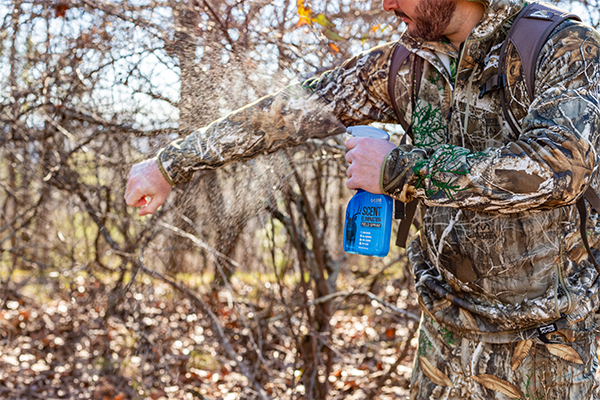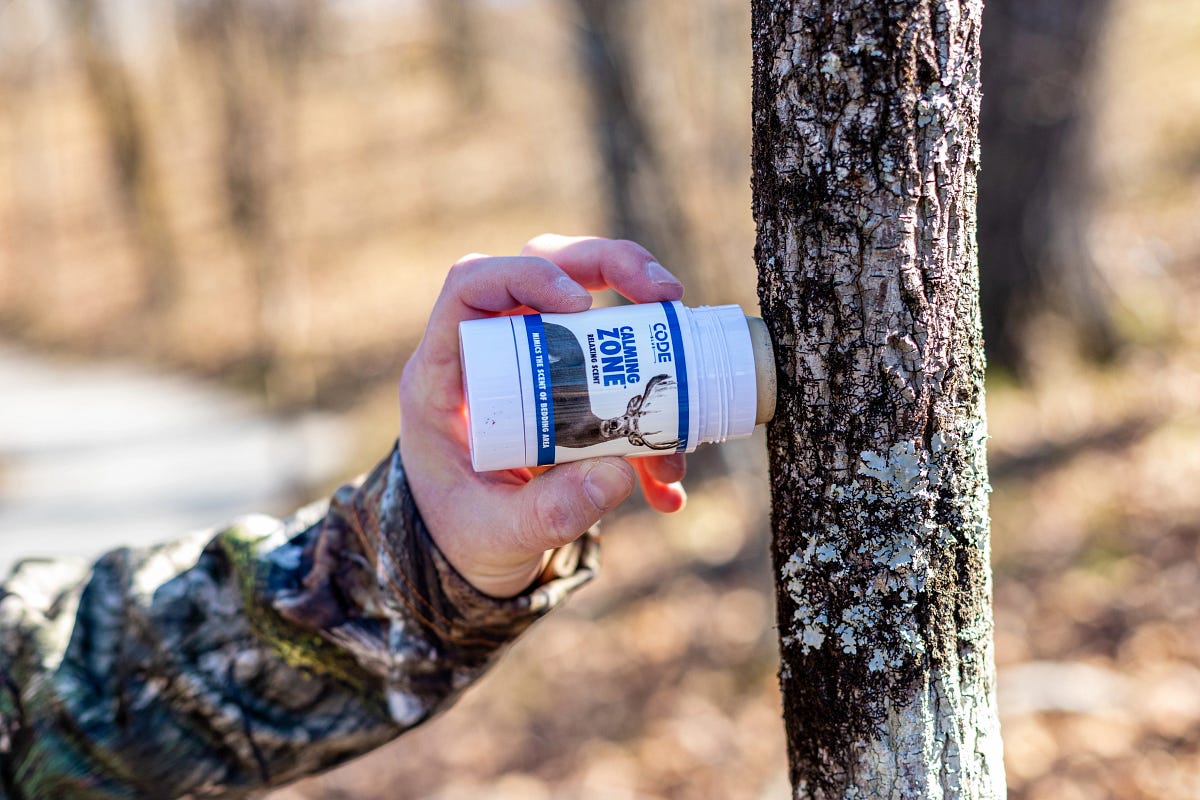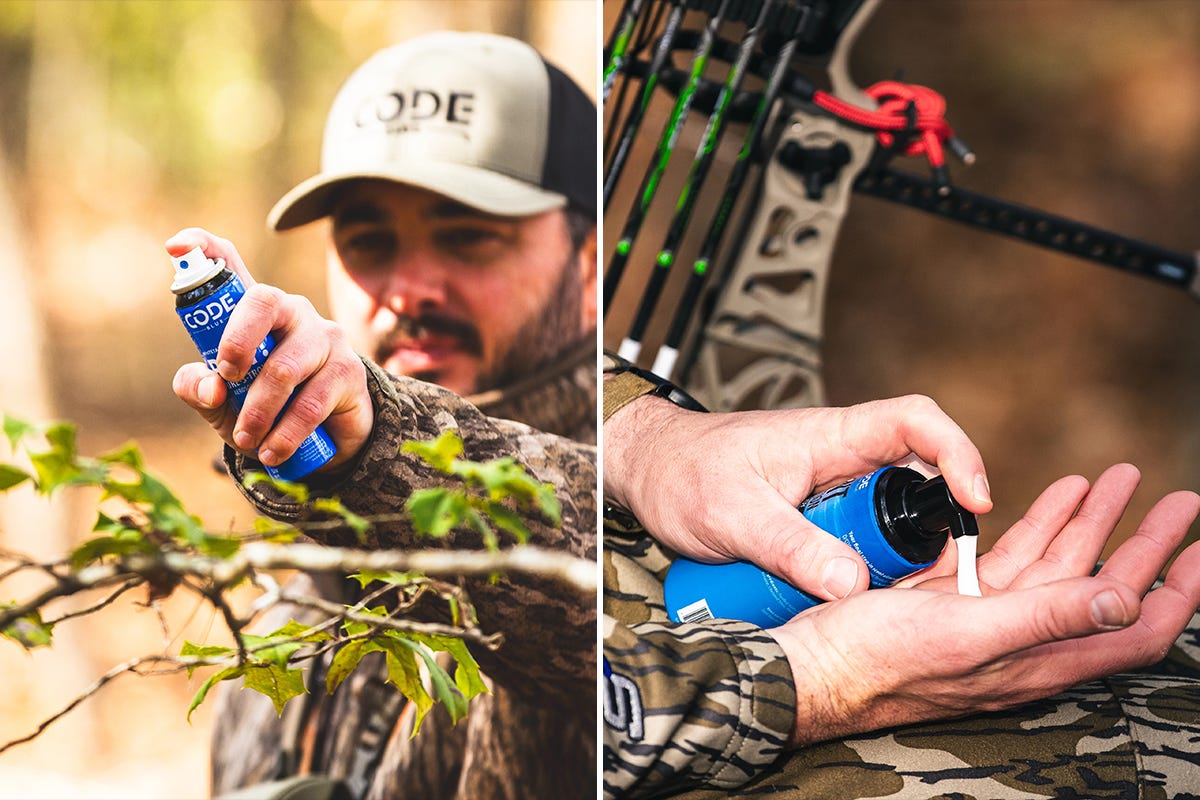- Mar 13, 2018
Bringing Home the Bacon: Understanding Food Preferences & Habits of Feral Hogs
If you’ve ever had any dealings with feral hogs, then you already know that these stocky and hard-nosed critters can be very destructive animals when populations are left unchecked. Excessive rooting and trampling activity for food can inflict major damage to natural habitat.
Hogs also carry a variety of diseases and compete directly with livestock and other wildlife species for food. In fact, a large group of hogs are fully capable of wiping out both natural and agricultural food sources within a short period of time.
Plus, they’re prolific breeders, very adaptable and almost impossible to fully eradicate from any given area. At the end of the day, expanding hog populations are extremely detrimental to your game management practices, and can prevent you from reaching your long and short-term goals.
This is exactly why you have a responsibility as a hunter to help manage and control hog populations. The first step in doing that is to understand their food preferences and habits, so you can understand where to find them and how to hunt them.
Food Preferences & Habits
Feral hogs are classified as being omnivorous animals, which means they will eat both plant and animal matter. In other words, hogs are opportunistic feeders and will consume almost anything. Foods include roots, tubers, grasses, forbs, fruits, bulbs, mushrooms, agricultural plants and mast such as acorns.
They also have no problem dining on a variety of insects, reptiles, amphibians, birds, mammals and even dead carcasses. Prime feeding periods generally occur after dark, but hogs are also active during the twilight hours and sometimes throughout the day according to current weather conditions.
As mentioned earlier, feral hogs are very adaptable and can survive in numerous habitats and terrains. For the most part, hogs prefer rich bottomlands that contain rivers, creeks, swamps and drainages.
However, they can also be found living inside of moist pine forests, vast sections of hardwoods timber, thickets and just about any place that provides dense vegetation and water. During periods of hot weather, feral hogs enjoy wallowing in cool mud holes that are located close to thick or protective cover.






